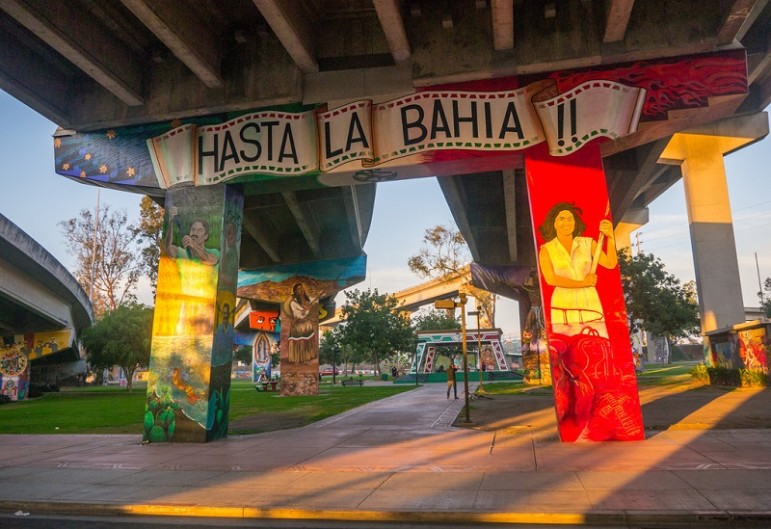
January 28, 2016; Smithsonian
Thanks in large part to efforts by Councilman Ritchie Torres, $500,000 has been earmarked by the New York City Council for an innovative public arts program that will launch in February. Young people between 16 and 24 will be partnered with artists from Brooklyn-based arts nonprofit Groundswell.
Working alongside Groundswell artists, local youth will develop and install murals that they themselves identify as reflective of the issues confronting residents. As part of this process, the youth will conduct research on their topics, including interviewing residents and researching local history. This process is where, to borrow a phrase from the women’s movement, the political gets personal.
Councilmember Ritchie Torres told the Observer, “The experience of public housing speaks to our political moment, the theme of black lives matter. I would argue that at no other time has there been a deeper disregard for the lives of black and brown people in public housing. How else do you explain the decades of savage disinvestment from public housing at every level of government?”
Sign up for our free newsletters
Subscribe to NPQ's newsletters to have our top stories delivered directly to your inbox.
By signing up, you agree to our privacy policy and terms of use, and to receive messages from NPQ and our partners.
Murals have long been used as a platform for individual and community expression, and such expression has often taken a political tone. (The Chicano Mural Art Movement is one example.) This project, therefore, serves multiple purposes: First, the project provides a small economic stimulus in the form of a stipend paid to the youth. Second, the project improves the aesthetics of the buildings and neighborhood. Third, and likely most important to Torres and the residents, the project is a vehicle through which residents can identify, express, and draw attention to their concerns.
This sort of project can be transformative for communities, and is an example for the kind of community-based work in which many nonprofits already engage. As Groundswell artist Danielle McDonald told Smithsonian Magazine, “The process of researching for a mural and designing a message for the artwork can really be transformative for the artists and the community members involved. Spaces are created in this practice that generate meaningful and necessary dialogue around real, and most often, complicated issues that are difficult to ordinarily have conversations about.”
We look forward to seeing what the residents of New York City bring forth.—Jennifer Amanda Jones













